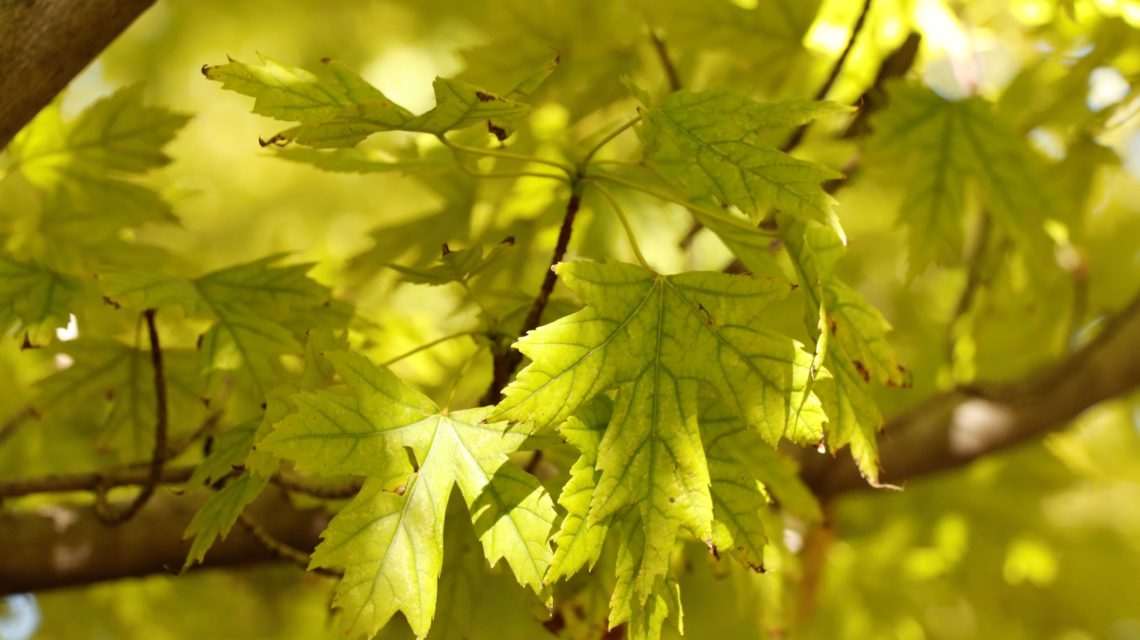Maple trees suffer from a variety of problems. They most commonly suffer from the following:
Learn how to prevent these diseases and how to treat them if your tree is already struggling.
Anthracnose
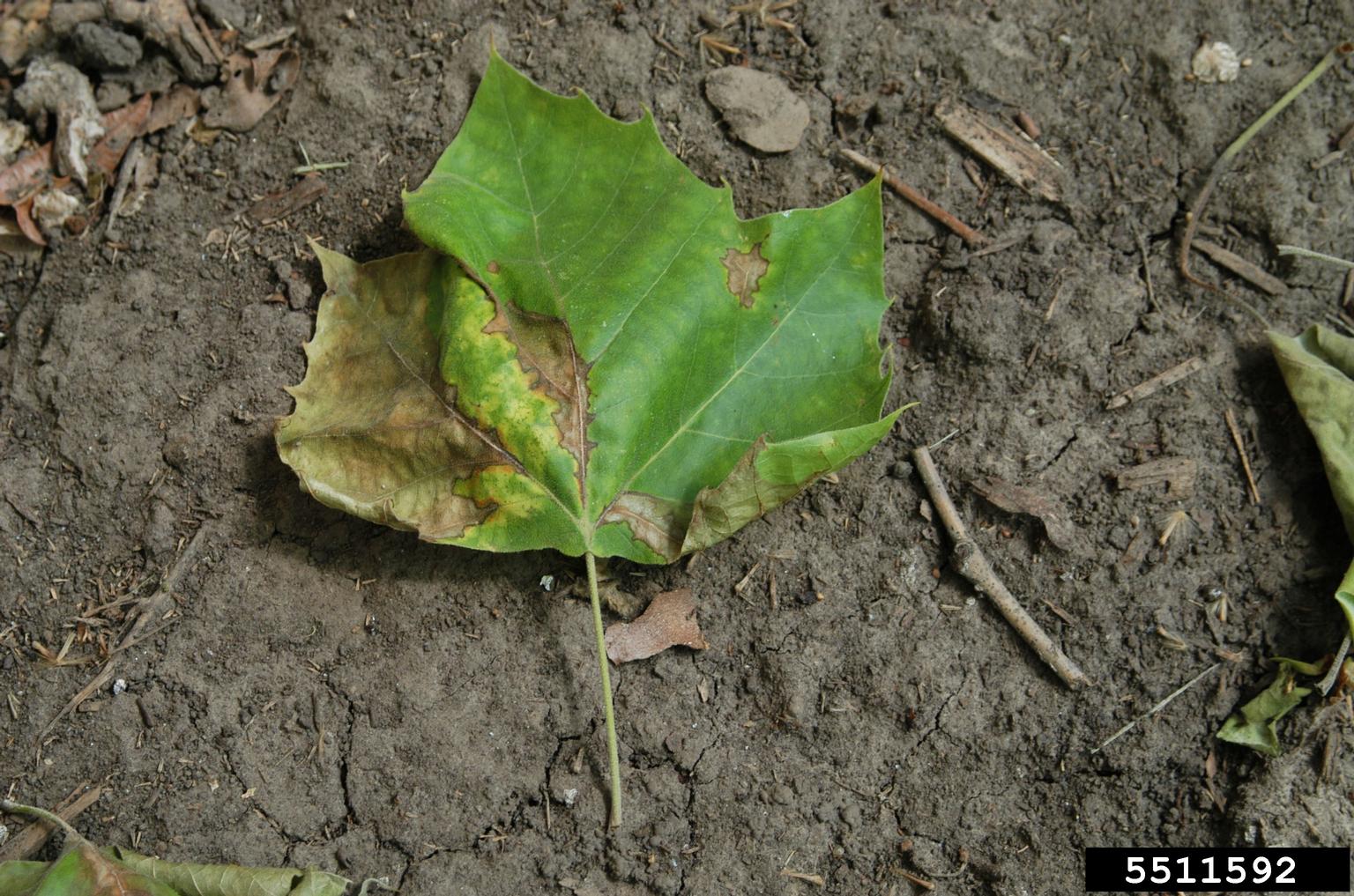

Anthracnose is a leaf disease caused by various types of fungi that survive the winter months in dead leaves and twigs. Multiplying on leaves during cool, wet spring weather, anthracnose causes the leaves to turn brown and dry out near the veins at first, then it spreads over the whole leaf.
Anthracnose can also spread to twigs and branches on the tree. When this happens, the disease becomes much more difficult and expensive to treat because it requires injections into the trunk.
In addition to maple trees, anthracnose affects ash, boxelder, oak, and sycamore trees in Utah; but it can be treated with leaf disease control sprays.
Aphids
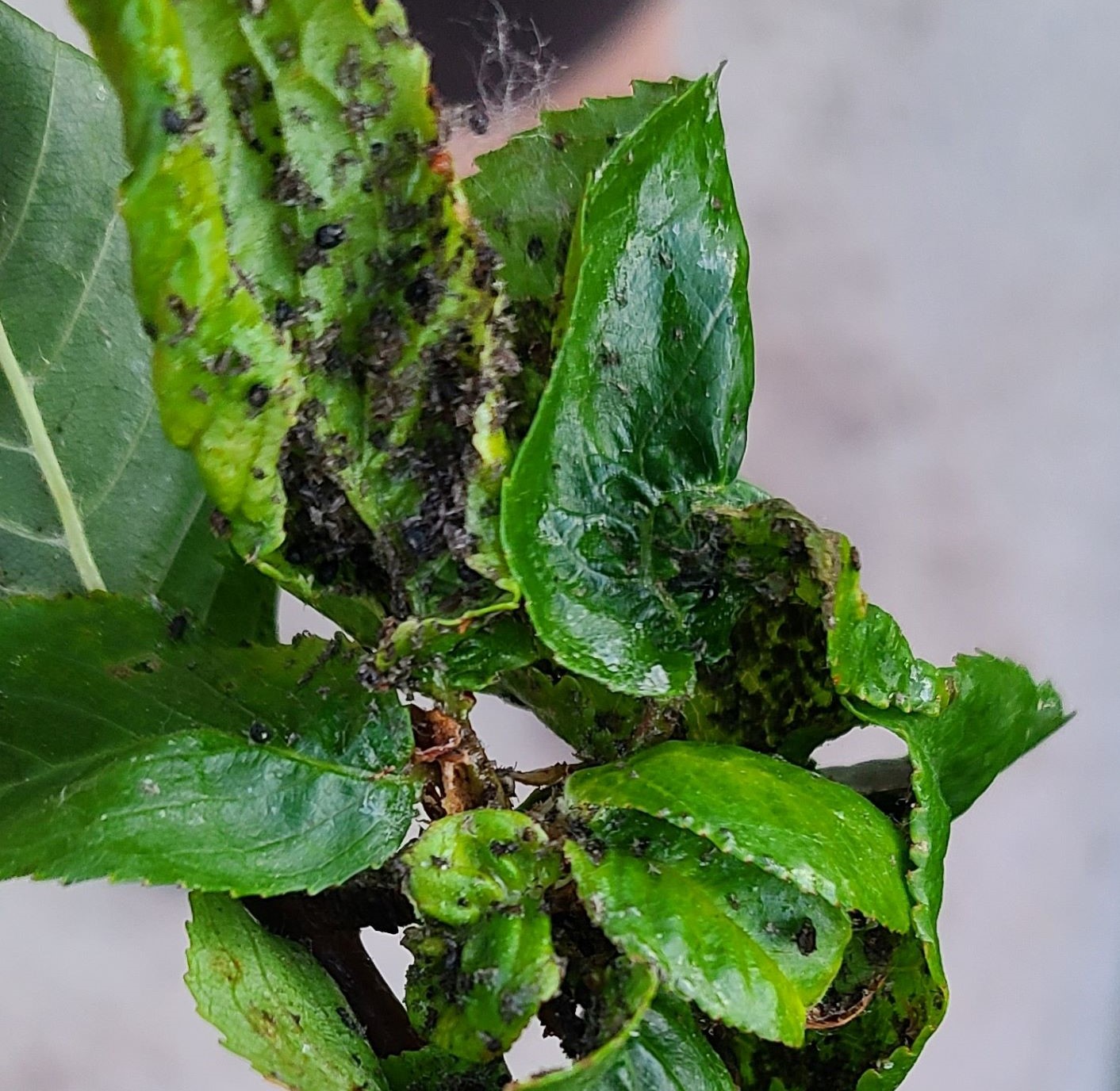

Many varieties of aphids exist, and they can cause a lot of damage to a tree’s foliage that may eventually prevent the tree from receiving all the nutrients it needs. They feast on a variety of tree foliage, including maple, apple, ash, aspen, beech, birch, cottonwood, stone fruit, willow tree varieties, and more. Aphids prefer to feed on new growth, so they are most common in spring and early summer. However, some varieties prefer to feed on branches, roots, and twigs instead of new leaves.
If aphids are attacking your tree, you’ll see shriveled, sticky-looking leaves clumped together. You may also see the aphids themselves—tiny black or gray specks—on the leaves and branches. Some varieties of aphids also create a white, fluffy substance that sticks to the branches.
Iron Chlorosis
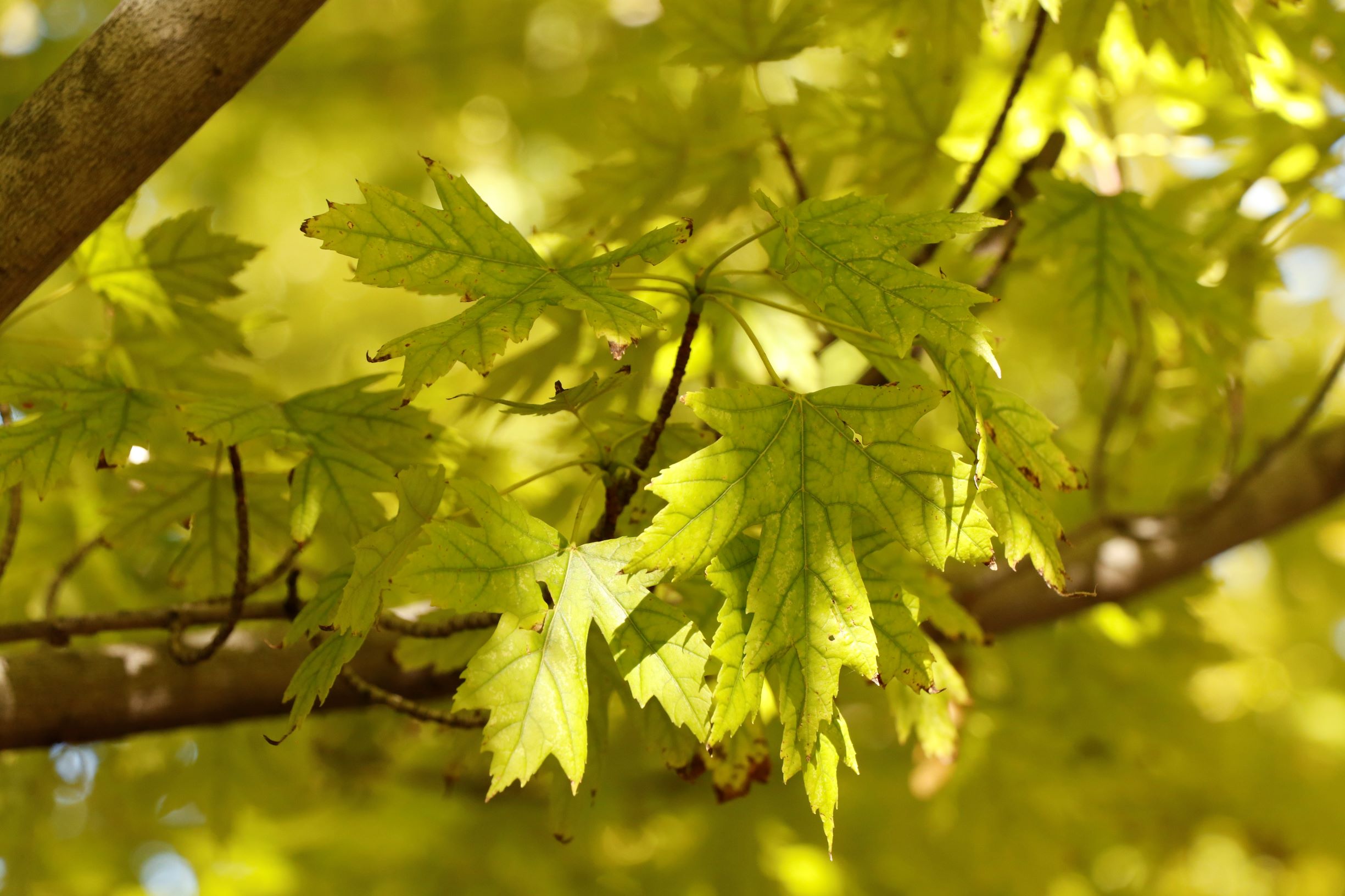

Iron chlorosis occurs in maple trees when their roots struggle to absorb iron in the soil. The deficiency first turns the leaves light green, causing leaf veins to appear dark green. This usually begins in the spring and summer. Eventually, the leaves start to turn yellow around the edges; they then turn completely yellow and fall off of the tree prematurely.
Iron chlorosis is a common problem in Utah because the alkaline soil makes it too difficult for maples, oaks, and other tree varieties to intake the iron in the soil. To survive, these trees need chelated iron injections either into the soil or directly into the trunk (depending on the size of the tree). Stewart’s has an iron chlorosis treatment program for trees struggling with iron deficiencies.
Leaf Spot
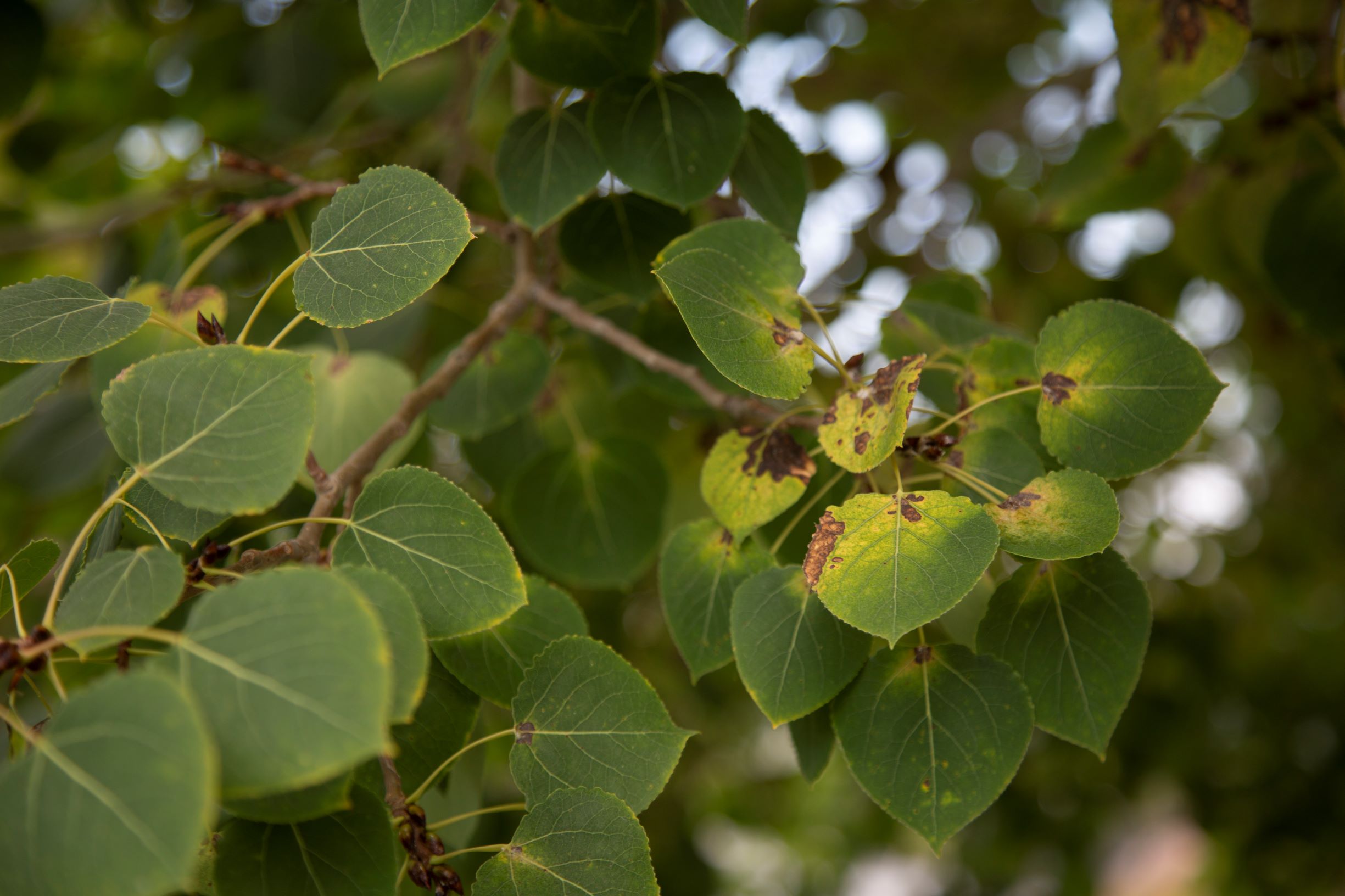

Leaf spot is a fungal disease that causes brown and black spots to develop on tree leaves. It starts with small dots of discoloration and gradually spreads until the foliage is covered in black/brown spots (and lesions in some cases). Foliage damage will become progressively worse, and often the leaves will fall off of the tree prematurely. The leaf spot fungus spreads in the spring and damages trees throughout the summer months. While it’s unsightly, it doesn’t usually cause serious, lasting issues. Stewart’s leaf spray treatment can help combat this fungus and prevent it from spreading.
Some other ways to help prevent this and other fungal diseases are to clean up dead leaves in the fall. Leaf spot disease usually affects aspen, boxelder, chestnut, cottonwood, laurel, and maple trees, especially if the trees are planted close together. Make sure to leave plenty of room between the trees you plant in your yard to prevent the fungus that causes leaf spot from spreading.
Root Rot
Roots can rot if they are overwatered in poorly draining soil or if they develop a root-eating fungus. Because the soil in many parts of Utah is clay-heavy, it drains poorly, so you’ll want to make sure you water the right amount for your tree! Root rot can occur in any plant that is overwatered, especially if it is planted in bad soil.
Even so, tree varieties such as apple, boxelder, chestnut, cottonwood, elm, maple, oak, pear, stone fruit, and willow are particularly susceptible to root rot and fruit rot. When caring for trees of these varieties, make sure they receive the correct amount of water and plenty of oxygen/nutrients in the soil! This will help prevent root rot.
Scale
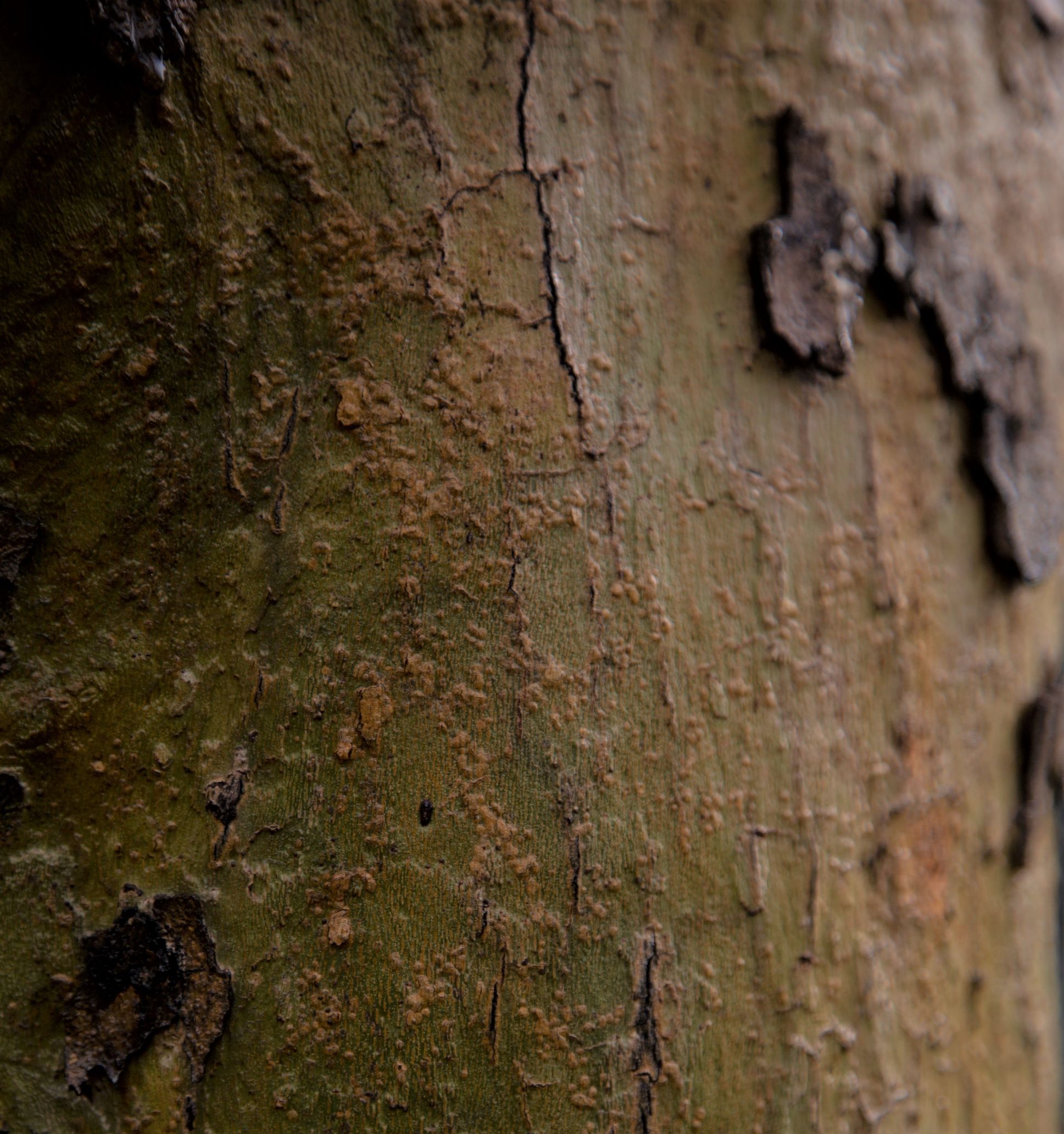

Scale are small pests (ranging from 1/8 to ½ inch) that feed on the sap from leaves and branches. Trees are exposed to a variety of scale species—some more damaging than others—that vary drastically in appearance. Some species look like a seashell; others look like a soft cotton ball. Any type of scale is difficult to control and can be very damaging to susceptible trees like aspen, beech, cottonwood, maple, and sycamore varieties.
Scale bugs are difficult to get rid of, but the most effective way to eliminate them is usually with a dormant oil spray in the early spring or late fall. Stewart’s offers a great dormant oil spray treatment program for trees.
Sunscald
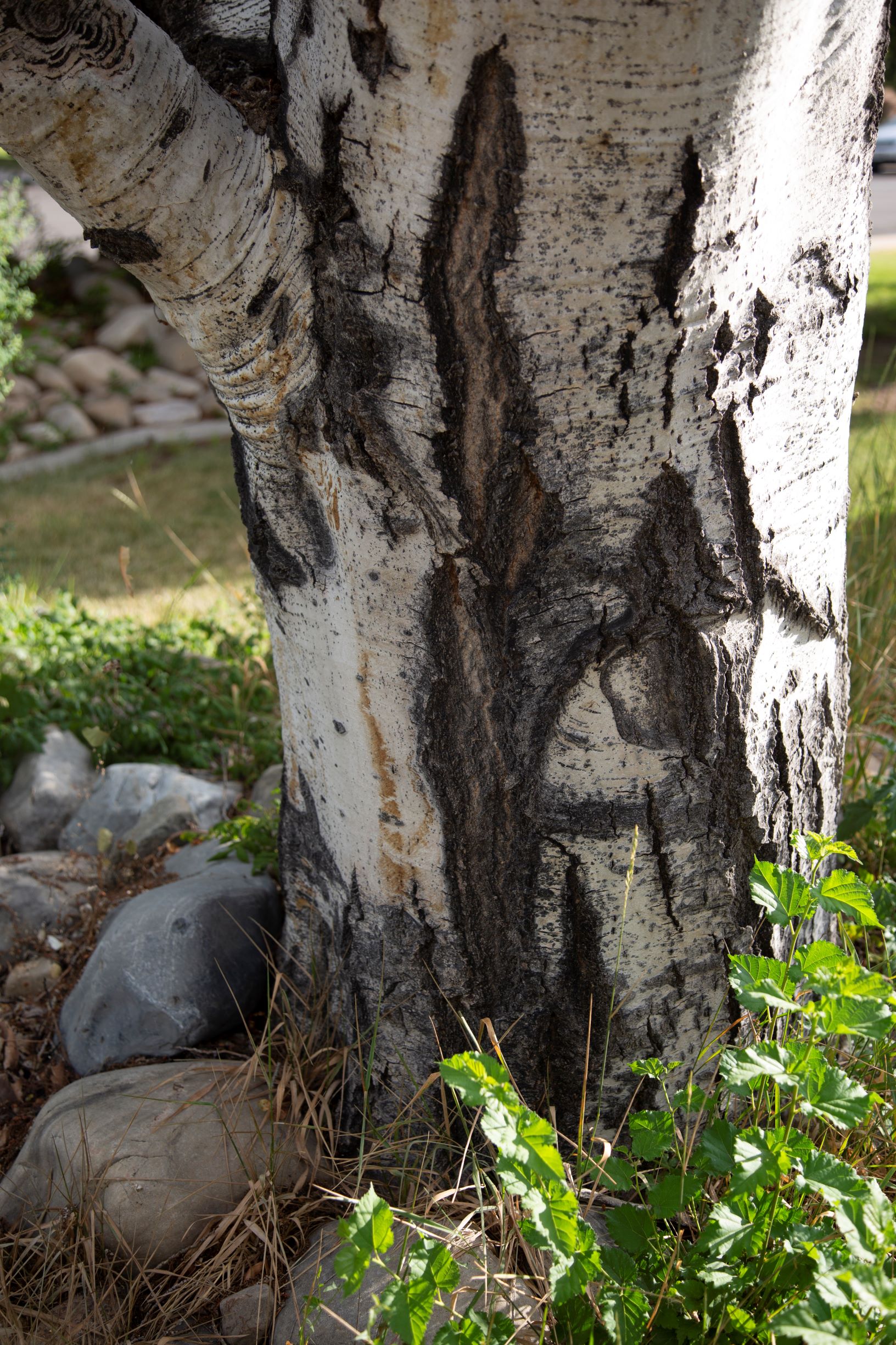

Some varieties of maple may struggle with sunscald, particularly when they are young. Because sunscald causes the bark to split and peel back, it can leave the tree vulnerable to serious infections or infestations. Sunscald usually occurs in the winter or early spring when temperatures fluctuate. On warm days, cells in the trunk start to warm up and come out of hibernation, but when temperatures plummet at night, this shocks the tree and can cause permanent surface damage.
To help prevent sunscald, try painting the trunk with white latex paint. This will reflect light away and delay the warming-up process of cells in the trunk. However, make sure you only do this for trees with no surface damage because the paint can create more problems for trees with wounds.
Check out our sunscald video for more information:
Verticillium Wilt
Verticillium wilt is a fungal disease that mainly affects the tree leaves and branches of ash, beech, boxelder, chestnut, and maple tree varieties, among others. The disease lives in the soil and spreads to plants through the root system, where it continues to spread to the rest of the plant. It causes a white foam-like substance around the entry spot and smells like manure. In some cases, verticillium wilt also makes the wood look wet and causes the leaves to change color and die off early.
Once this fungus enters the soil, getting rid of it is near impossible. The best way to prevent it from affecting your plants is to plant species that are resistant to it. You can also try using ammonium nitrogen fertilizer instead of nitrate-nitrogen fertilizer, adding fresh compost, allowing the soil to dry out between watering sessions, and planting later in the season after soil temperatures increase. These things should help make it more difficult for fungi to survive long-term.
Whether your tree is suffering from iron chlorosis or verticillium wilt, Stewart’s ISA-certified arborists can help identify the problem. Call or text 801-226-2261 to talk with an arborist and get a free service quote today!



